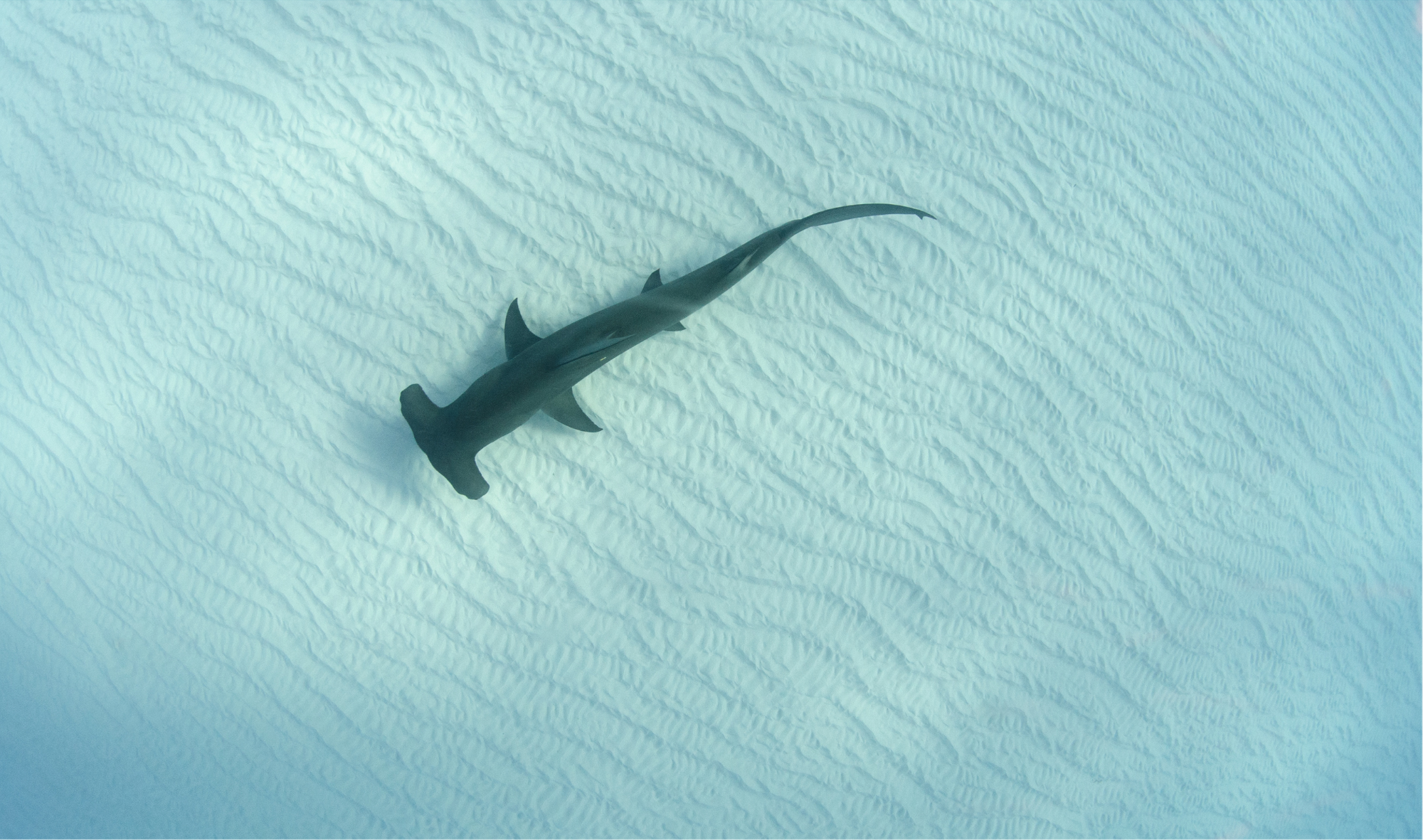5 Endangered Sharks You’ve Never Heard Of
We’ve all heard of great white sharks, hammerhead sharks and tiger sharks -- but that’s barely scratching the surface of the ocean. There are more than 1,000 known species of sharks and rays swimming through the sea!
From the dwarf lanternshark that can fit in the palm of your hand to whale sharks the size of a school bus, the vast diversity of sharks is jaw dropping. There are sharks that hunt seals and sharks that only consume plankton. You can find deep sea dwellers lurking thousands of feet below the surface and those that rove shallow seagrass beds. From frigid arctic waters to tropical Caribbean reefs, sharks have adapted to almost every environment imaginable.
Sharks have survived 400 million years of evolution, including five mass extinction events – but they may not survive humankind. Roughly 100 million sharks are killed by humans every year, and shark populations have declined by 90 percent in just the last decade as a result. One-third of all shark species are threatened with extinction.
Read on to learn about five endangered elasmobranchs (sharks and rays) you’ve probably never heard of.
Sawfish
If you’ve ever seen a sawfish, you know how this species got their name. Their long rustrum looks like a saw on their snout and can be up to one-third of their total body length. Although sawfish are shaped like a shark, they are actually rays. All five species of sawfish are listed as endangered or critically endangered worldwide, with habitat loss and overfishing as key factors in their demise.
Bonnethead Shark (Sphyrna tiburo)
As you can probably presume by the name, bonnethead sharks are closely related to hammerheads. These shovel-headed sharks can be found in tropical waters on both coasts of North and South America, including the Caribbean and the Gulf of Mexico. Bonnethead sharks surprised researchers a few years ago when it was discovered that they eat seagrass as a significant part of their diet, making them the first known omnivorous species of shark.
Basking Shark (Cetorhinus maximus)
Basking sharks are the second-largest shark after the whale shark, growing up 45 feet long and weighing 10,000 pounds. Although they may look intimidating due to their large size and the tendency to swim with their mouth wide open, basking sharks are filter feeders that mostly consume plankton. They have huge livers that make up 25 percent of their body weight and are rich in squalene, making them a target for commercial fisheries and securing them a spot on the IUCN Red List.
Angelshark (Squatina squatina)
Angelsharks, also commonly called monkfish, are characterized by their flat, round shape which makes them resemble rays. They are nocturnal bottom dwellers, and can be found at depths ranging from 15 to 500 feet. They spend most of theri time buried in the sand or mud, making them susceptible to commercial trawlers that drag nets along the bottom of the sea floor.
Zebra Shark (Stegostoma tigrinum)
This beautiful and unique shark is found throughout the tropical Indo-Pacific, frequenting coral reefs and sandy bottoms. They are born dark brown with yellowish stripes and change appearance as they mature, eventually transforming their signature pattern of black dots against a tan body.
All of these extraordinary animals have one thing in common - they’re listed as Endangered or Critically Endangered on the IUCN Red List as a result of human activities. From overfishing and bycatch to the global squalene market, humans have contributed to the decline of shark species around the world.
Shark Allies is at the forefront of shark conservation, running campaigns to address the wide range of challenges facing sharks, from fin trade laws to shark-free vaccines. Shop the Overfished collection to make a statement about the fin trade and overfishing.









